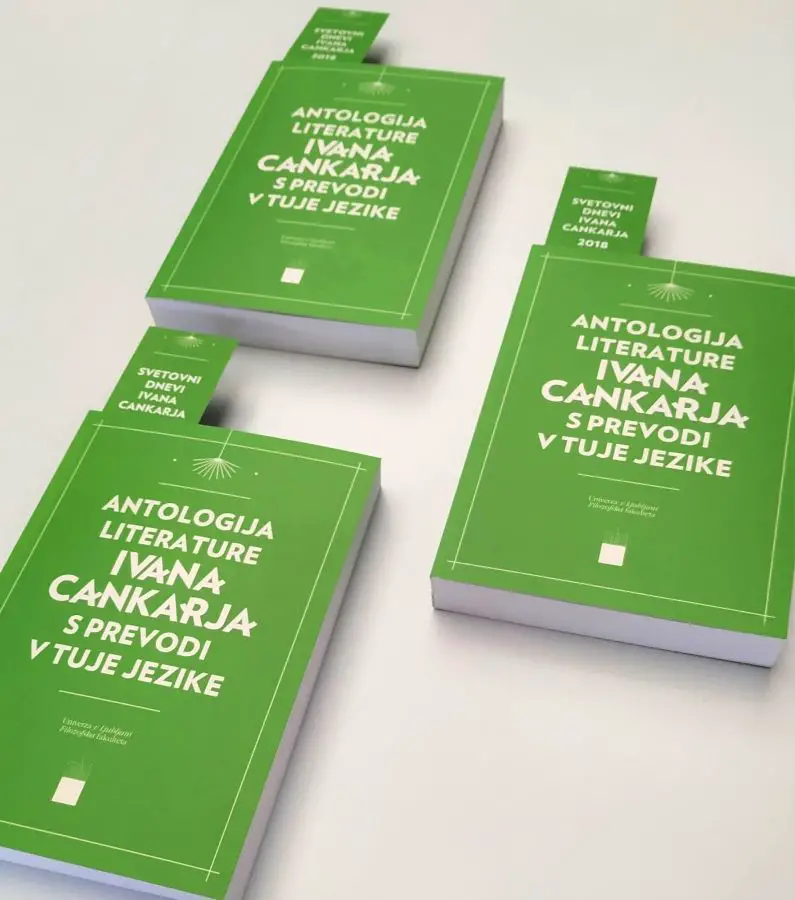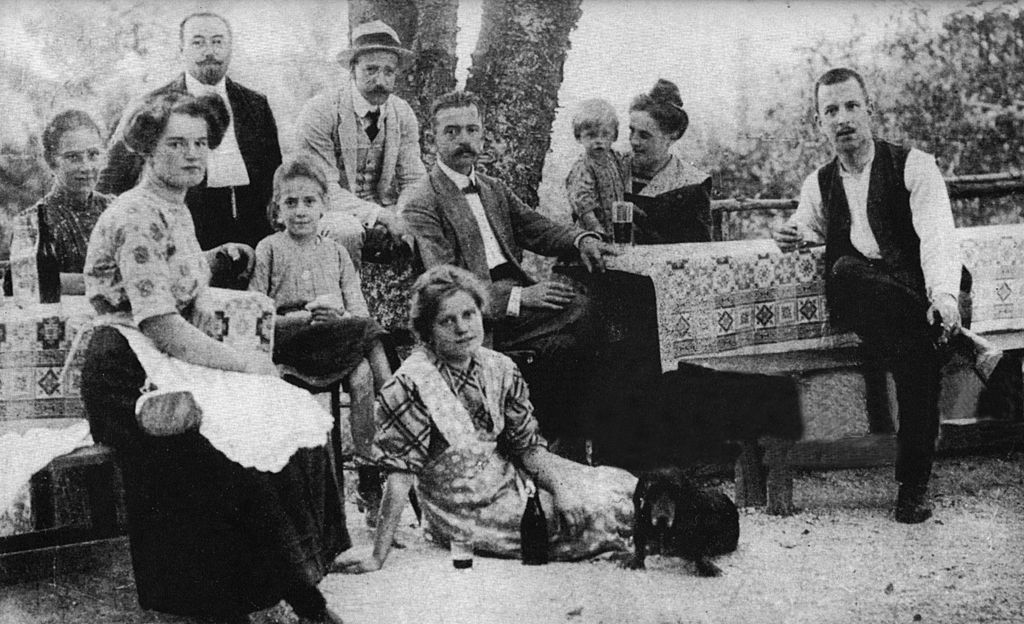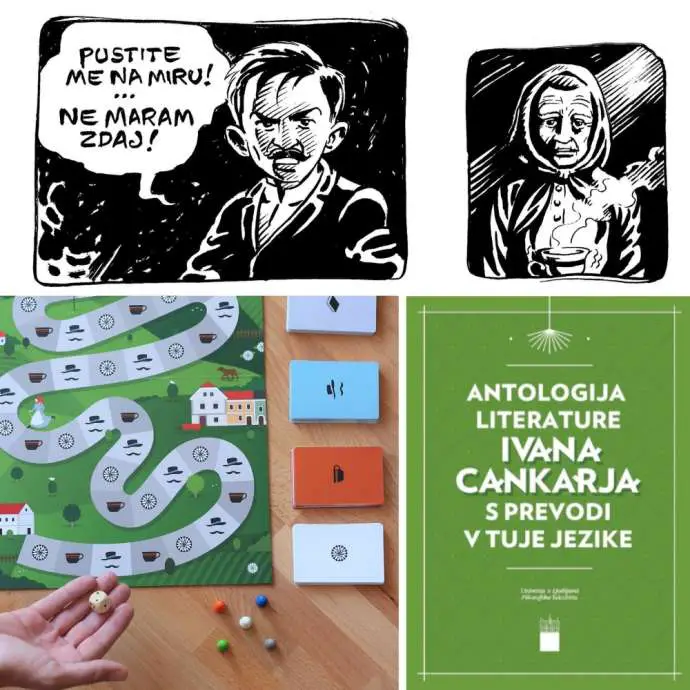2018 marked a few centenaries in Slovenia, including that of the National Gallery, but in terms of individuals the focus has been on Ivan Cankar, the celebrated writer who died 100 years ago today (December 11), and whose name adorns the country’s main arts and cultural centre, Cankerjev dom.
The year has seen a wide range of activities, from a staging of Pohujšanje v dolini šentflorjanski (Scandal in St. Florian Valley) by the national theatre to the publication of some of Cankar’s works in comic book form – one of which recently won “Book of the Year” (see here) – as well as less literary affairs, such as the great man’s inclusion with two other moustachioed gents in a moustache themed tour of Ljubljana (where he’s joined by the architect Jože Plečnik and painter Rihard Jakopič).
But how well known is Cankar outside of Slovenia? A visit to Amazon.com suggests only one or two books are in print in English by a man who wrote around 30, and that he remains a rather neglected figure in this, and perhaps many other, languages.

It’s thus significant that the Faculty of Arts at Ljubljana University (aka Filozofska fakulteta) recently published a volume that aims to bring one of the biggest names in Slovenian literature to a bigger audience. The texts in the anthology were translated by students, teachers and translators of Slovene from 43 universities, thus bringing up to 30 pages of Ivan Cankar to a much wider audience. The book, which can be browsed online here, is just €9 for 540 pages and divided into three parts. The first contains essays that look at different aspects of Cankar’s work – prose, poetry, drama, essays and so on – as well as his use of language. The second presents a collection of Cankar texts on various topics, while the third then translates some or all these into 21 foreign languages, including Japanese and Chinese.

Cankar spent some years living in the inn at the top of Rožnik in Ljubljana, and you can see more pictures from his time there here. In the photo shown above he's the man in the middle, with a glass of wine but without a hat
The book can be seen as the culmination of a week of events, from December 3 to 9, termed “the World Days of Ivan Cankar” (Svetovni dnevi Ivana Cankarja), which saw activities at more than 50 universities across the globe that have departments of Slovene. These included literary evenings, film screenings, lectures, conferences and readings from the anthology itself.
An adaptation of a short story by Cankar, Gospod stotnik (1915), with English subtiles. An English translation of the story can be found here, while the Slovene original is here
Slovenologists and Cankarphiles around the world could also test their knowledge of Cankar’s life and work by playing Klanec, a game designed by the Center for Slovene. The title is a reference to Cankar's most famous novel, Na klancu, and the idea of “running behind a cart” (“tek za vozom”) in the sense of never reaching your dreams. In the game a young woman is running to catch a cart that will take her to church. While in the novel she fails, in the game players get a chance to achieve their dreams by answering questions on cankar and miming words from the titles of his works.
The game, perhaps best enjoyed with a cup of coffee
You can purchase the book from the university bookstore (the Filozofska is on Aškerčeva cesta) or online, and it’s available at many other bookstores around Slovenia, with Mladinska knjiga being a good place to start looking. The game is also available at various outlets, and can be found online here. If you're intererested in learning Slovene, then perhaps take a look at our interview with two Slovenian teachers on the challenges foreigners face when studying the language, which also includes links to many other resources.






